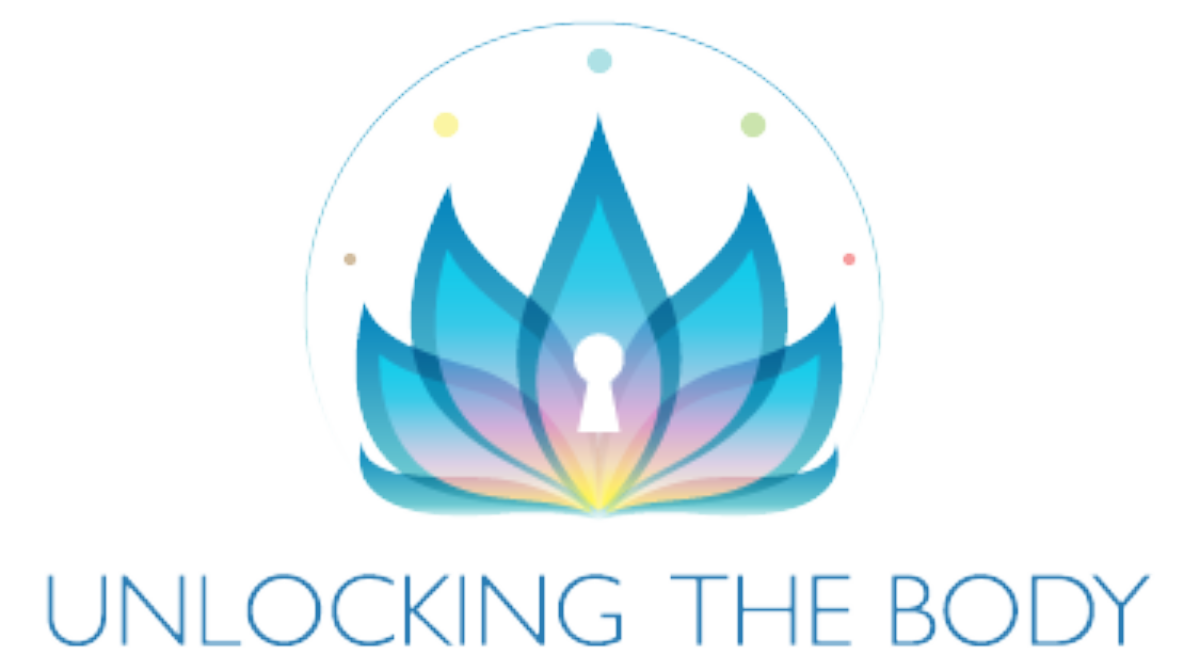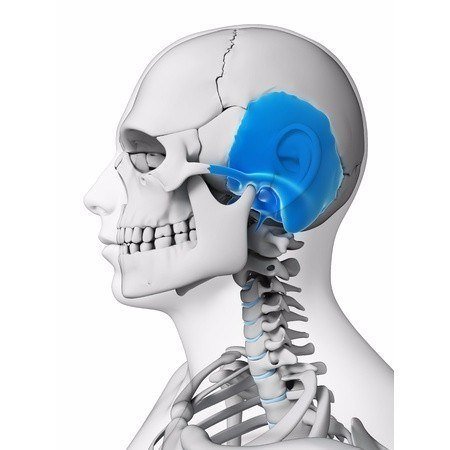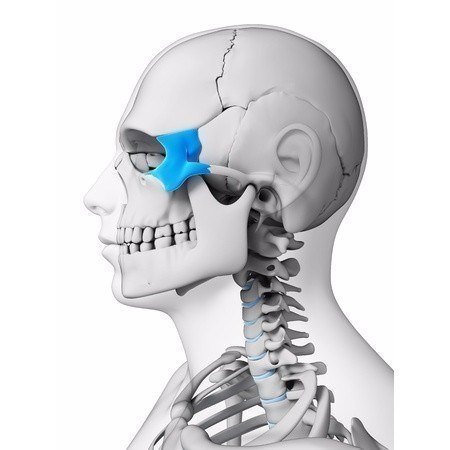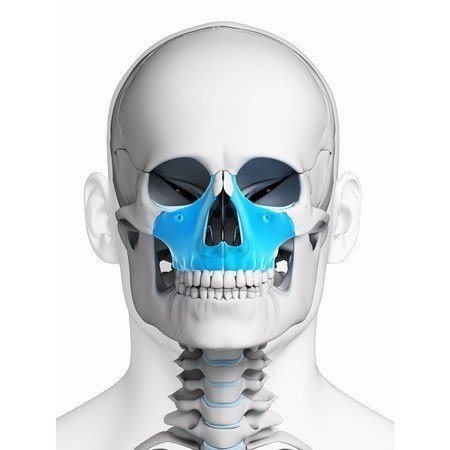Temporomandibular Disorders (TMD) occur as a result of problems with the jaw, jaw joint, and surrounding facial muscles that control chewing and moving the jaw bone. These disorders are often incorrectly called TMJ, for temporomandibular joint. The TM joint is the connection between the jawbone and the skull. The injured TM joint leads to pain with chewing, clicking, and popping of the jaw; swelling on the sides of the face; nerve inflammation; headaches; tooth grinding; and sometimes dislocation of the temporomandibular joint.
The causes of TMD are not completely understood. Multiple factors contribute to the muscle tightness and dysfunction that characterize this condition. It is not clear whether some of these causes directly lead to TMD or if they are a result of the disorder. Causes may include: Misalignment of the teeth or jaw, trauma, teeth grinding, poor posture, stress, or overuse.
Jennifer Bull, Michon Hebert, Anne Schiele, Katy Killingbeck, Colette Scott, Lena List, and Janelle Wise are the Providers at Unlocking The Body who have their additional endorsement to practice Intraoral Massage in the State of Washington. For more information check out the FAQ’s below or read the Bio Page of each Therapist.








